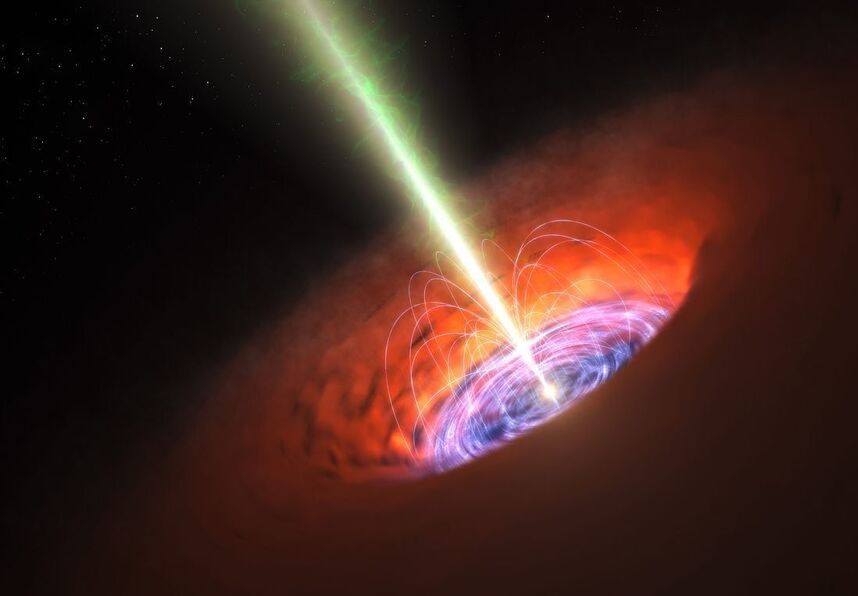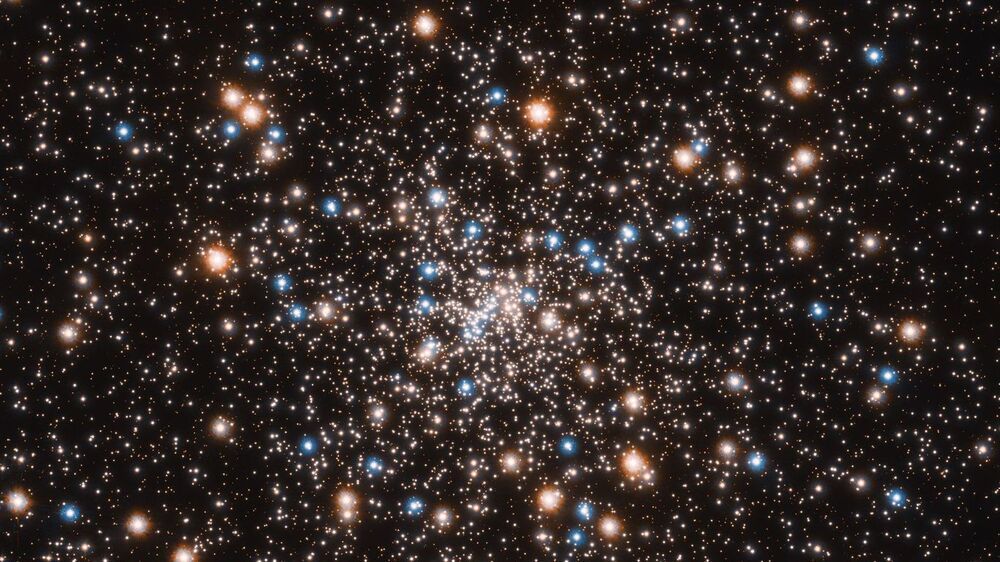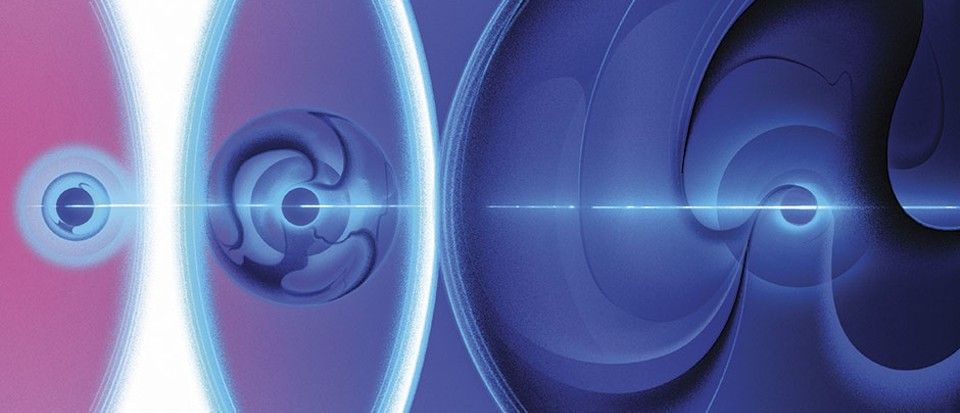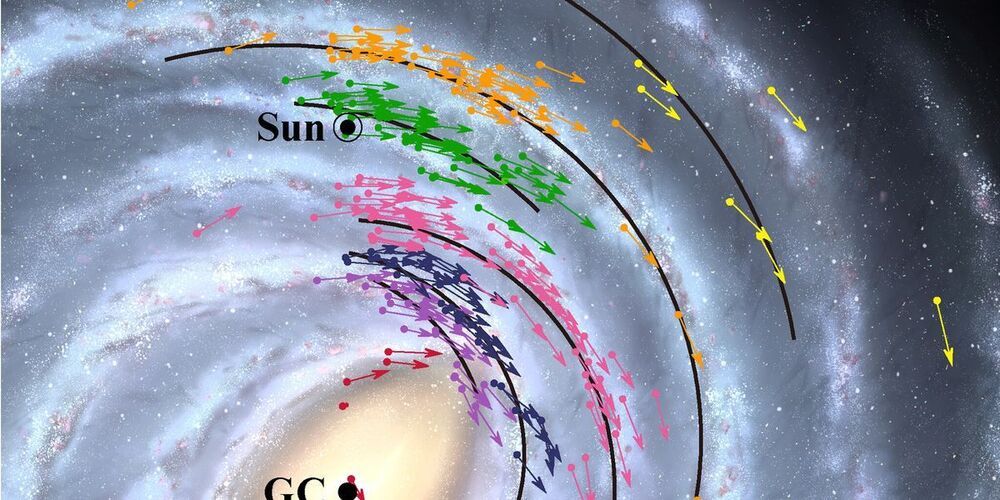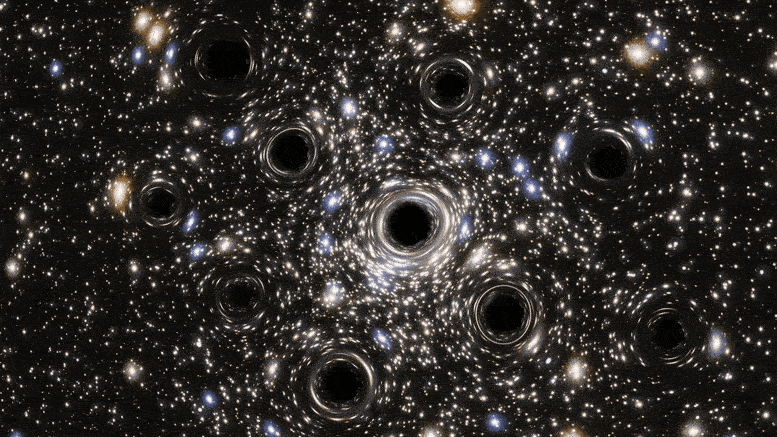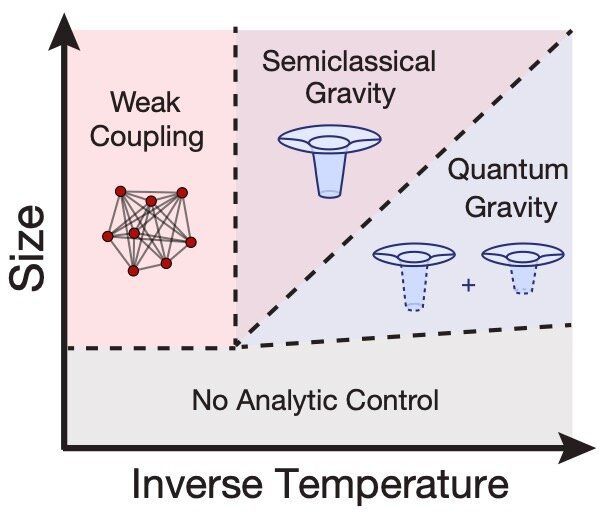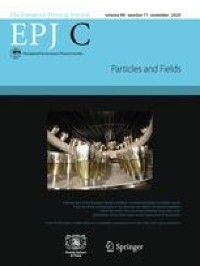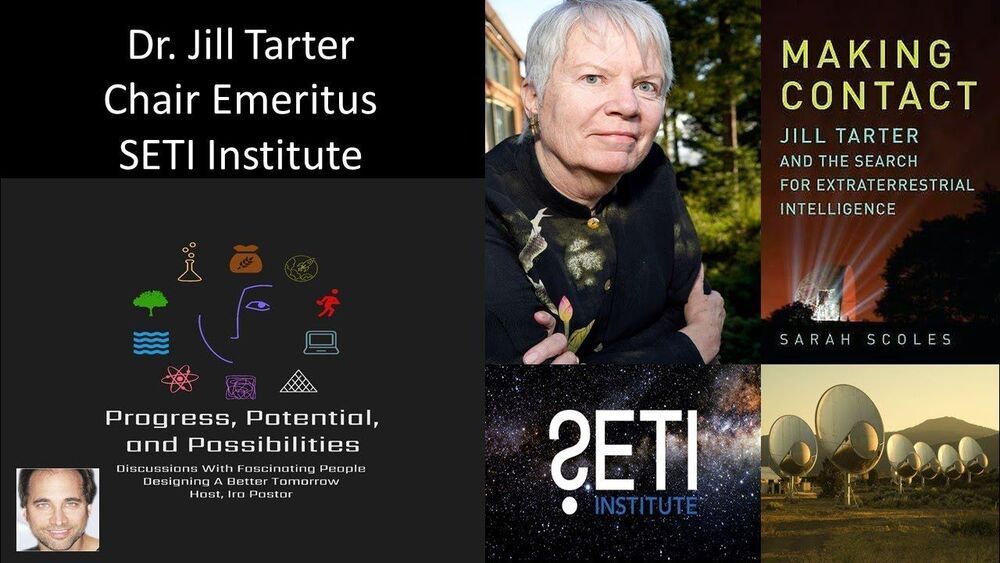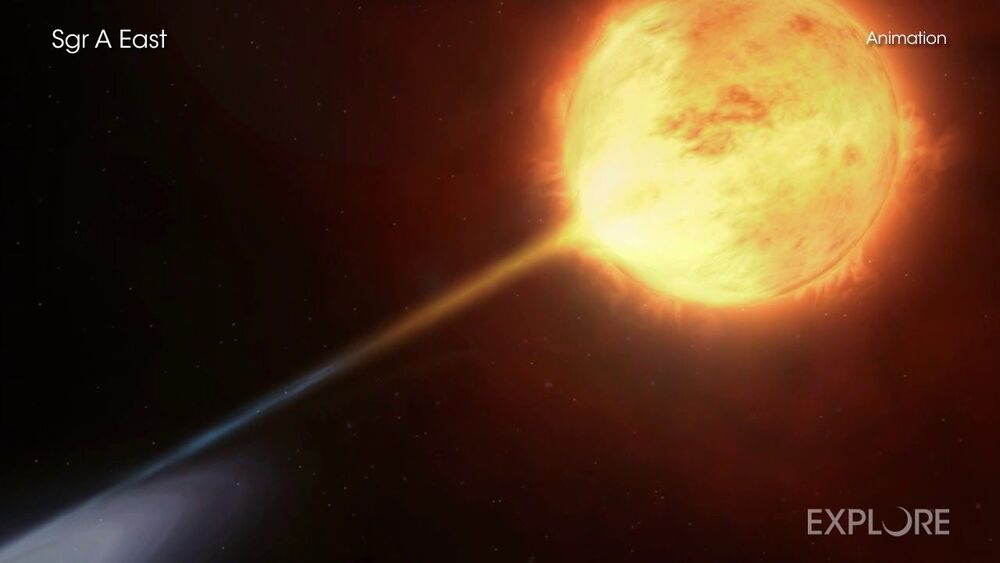Feb 18, 2021
First Black Hole Ever Detected – Cygnus X-1 – Is Much More Massive Than We Thought
Posted by Lon Anderson in categories: cosmology, physics
New observations of the first black hole ever detected have led astronomers to question what they know about the Universe’s most mysterious objects.
Published today (February 182021) in the journal Science, the research shows the system known as Cygnus X-1 contains the most massive stellar-mass black hole ever detected without the use of gravitational waves.
Cygnus X-1 is one of the closest black holes to Earth. It was discovered in 1964 when a pair of Geiger counters were carried on board a sub-orbital rocket launched from New Mexico.

